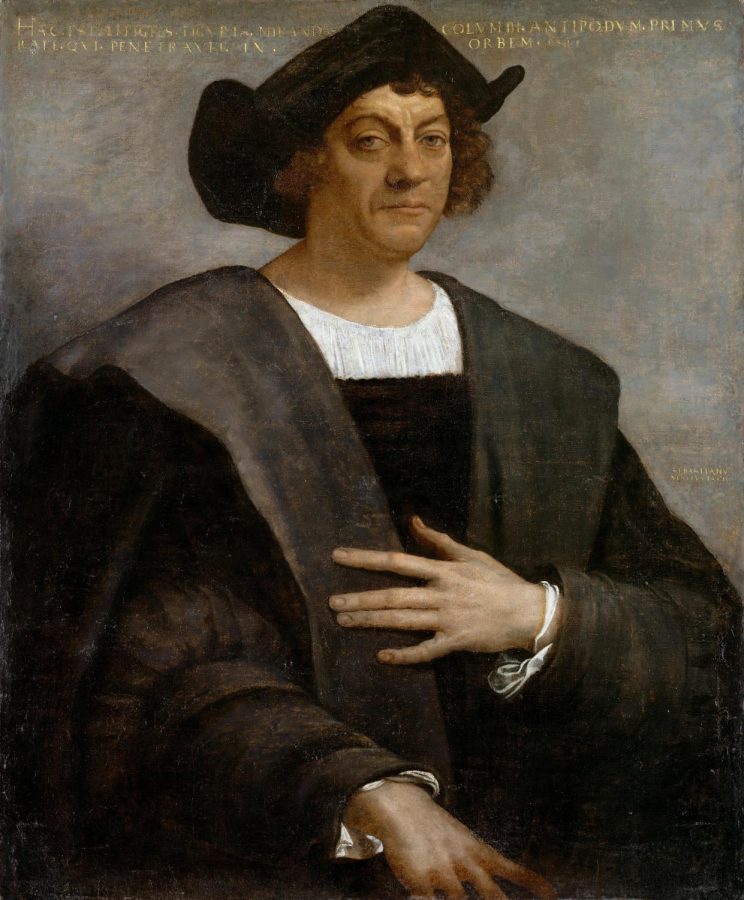The Columbus Blues
November 30, 2021
Nearly everybody knows who Christopher Columbus was. He is even sometimes credited with discovering America. Education about Columbus could be considered fairly surface level in elementary school. Rhymes and stories have created an image of Columbus that people carry with them today. A classic rhyme/story is as follows.
Christopher Columbus was an Italian explorer who came from Spain. He promised the Queen and King that he could find a better route to India. In response, the royalty provided him three ships for his journey, and as most people know, he never made it to India. Instead he “discovered” America.
As time went on, another perspective of Columbus has become more mainstream. For instance, historians believe that Columbus never realized he did not make it to India. He likely died believing he was successful. This is why Native Americans have been called “Indians” despite the aversion to this name within the community.
After his arrival to the “Indies”, which was actually modern-day Central and Southern America, he began sending viable resources back to Spain. While doing so, he needed workers and turned to the Indigenous people. Native Americans were forced to mine for resources and suffered under incredibly harsh conditions
The labor was dangerous and the punishments were cruel. After a revolt, Columbus ordered that a large number of them be killed. He then had their dismembered limbs be carried and strewn about the streets in an attempt to stamp down any more rebellion and remind the Native Americans of their powerlessness. Not only were they enslaved in their home country, Columbus also sent thousands of indegenous people back to Spain. Many died on the voyage and more died upon arrival.
There is also clear evidence that Columbus brought diseases with him to America. While this was never denied as a fact, it is often left out of the impact of his settlement. In Europe, there were a plethora of diseases and ailments that Europeans had already formed an immunity to. Along with the explorers, came these diseases and they wreaked havoc on the Native American populations.
Measles, Smallpox, Influenza, Syphilis, Whooping Cough, Cholera, and Scarlet Fever were just some of the diseases brought to the Americas. Between the Measles and enslavement, the Native American population went from an estimated 60 million to 6 million. That means 90 percent of their population died after Columbus’s arrival.
Columbus’s impact on the “New World” has been very glorified to heroic status, but evidence shows that his arrival also had a lot of negative effects.



